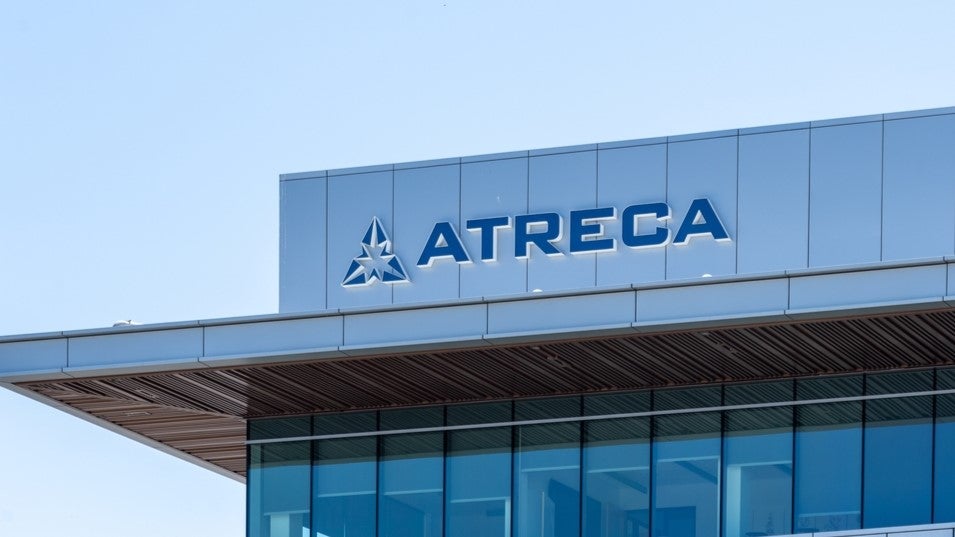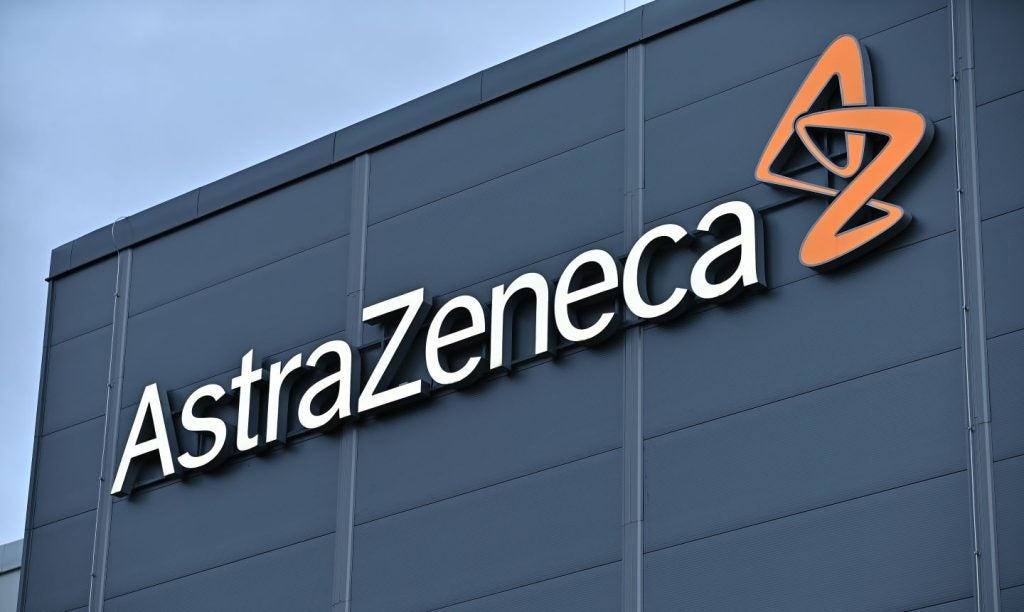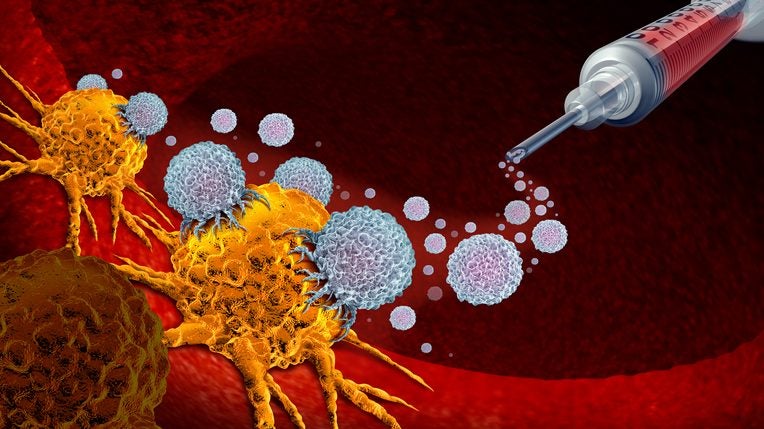US-based Atreca has downsized by decreasing its staff by 40% for the second time this year in an effort to cut costs.
Atreca had previously fired the same percentage of its staff in Q2 2023, as well as suspended the development of its lead candidate ATRC-101 in August. The company started investigating ATRC-101 in Phase Ib trial in patients with select solid tumours in 2020.
Instead, Atreca pivoted its resources to support its preclinical pipeline of antibody-drug conjugates (ADCs). The company has an ADC, APN-497444, currently in pre-clinical development.
“Nevertheless, given current financial market conditions and the funding needs required to advance ‘444 and our other antibody-drug conjugate programs into clinical development, we have made the difficult decision to further reduce our headcount as we explore strategic alternatives,” said Atreca CEO John Orwin in a 14 November press release.
Atreca reported $21.4m in cash reserves as of 30 September, with a net loss of $36.3m in Q3 2023. In September, the company terminated the lease for its headquarters in San Carlos, California, to reduce expenses.
It has been a challenging year for raising funds and several pharmaceutical companies have been forced to institute cash-saving measures such as downsizing and pipeline reprioritisation.
Atreca pipeline
APN-497444 (‘444) is a tumour-specific glycan ADC, which is currently in preclinical development. Atreca expects to file an investigational new drug (IND) application with the US Food and Drug Administration (FDA) in late 2024 or early 2025, as per a 10 August press release.
Atreca is also developing the monoclonal antibody MAM01/ATRC-501 for the prevention of malaria. The company licensed the drug from the Bill & Melinda Gates Medical Research Institute in 2021.
As per the agreement, Atreca has commercial rights to the monoclonal antibody in the US, Europe, and parts of Asia, while the Gates Institute is responsible for drug development and has these marketing rights in low and middle-income countries located in malaria-endemic regions.















